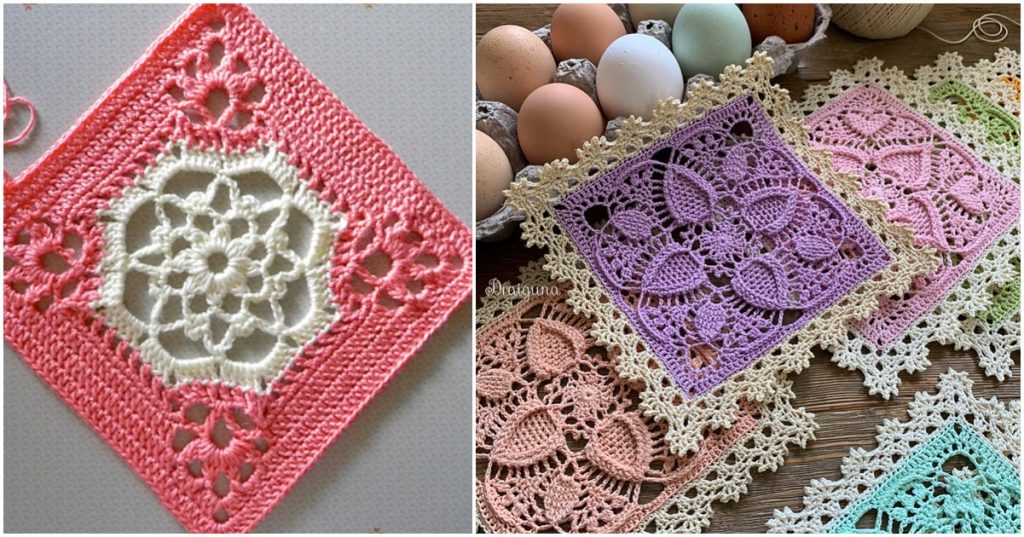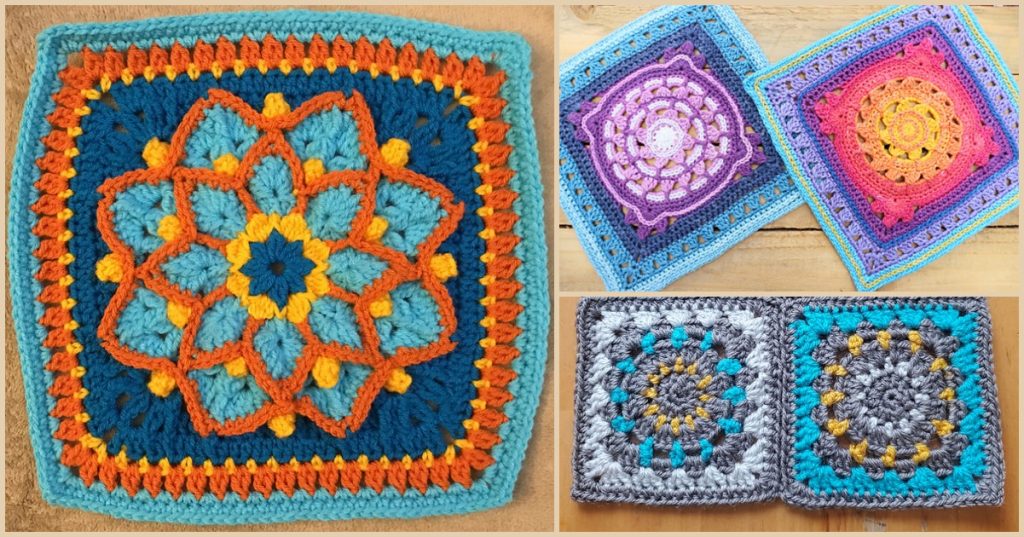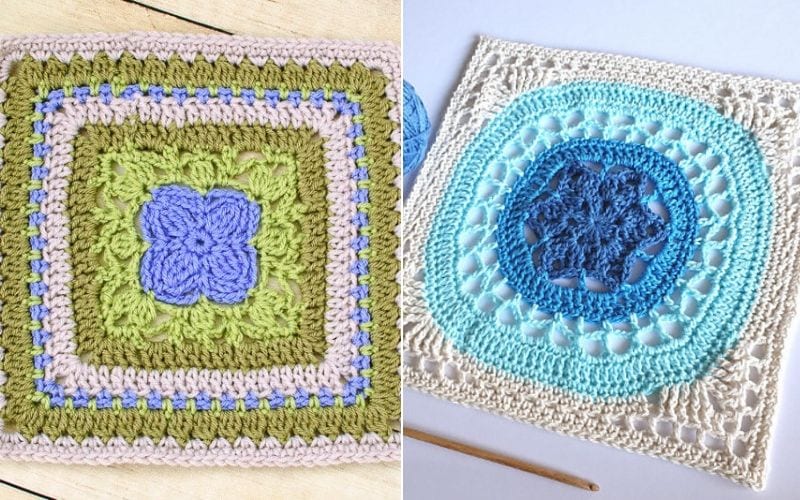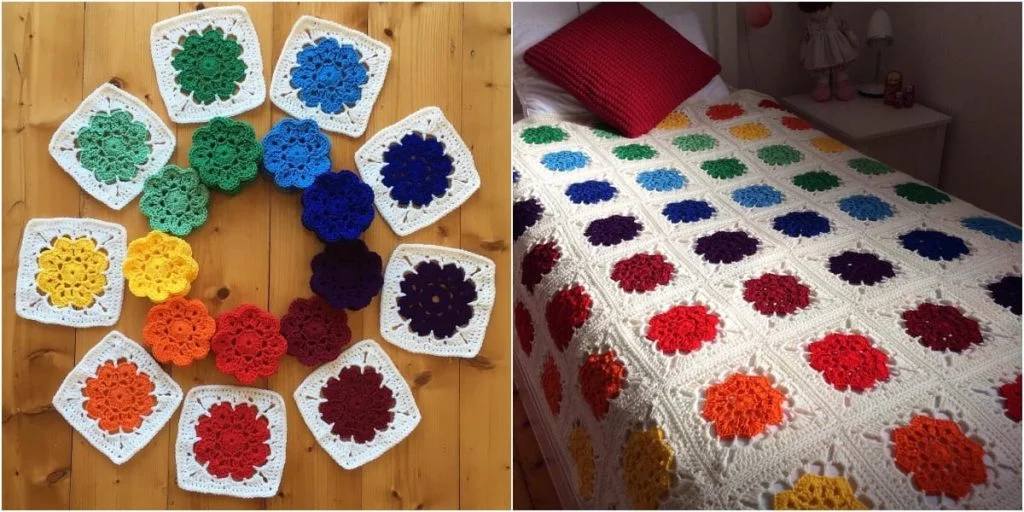There are three basic ways to crochet a blanket: you can work row by row, in the round, or create it by joining together multiple individual blocks. The last technique is prevalent because it’s easy to do and fun to plan.
You don’t have to worry about the uncomfortable weight of the blanket when reaching the last set of rows, and you can change the order of the blocks at the last minute. It’s all up to you!
Our calculator will help you quickly calculate how many blocks you need for the desired blanket size.
Block and Square Calculator
Use the instructions above to make the most of this tool.
What is a Block and Square Calculator For?
Our calculator is a useful tool for any crochet enthusiast. By using our online crochet calculator, you will be able to…
- Determine how many rectangular blocks or squares you need to achieve the desired size of the project.
- Design your own crochet blankets and accessories made with crochet blocks.
- Estimate the amount of yarn you need for your project.
- Plan the layout of your project with ease.
This calculator makes crocheting with squares much easier!
How to Use Block and Square Calculator?
This online tool helps you determine how many crochet squares or blocks you need for the blanket size of your choice. Let’s see how to use it step-by-step:
- Make a square or a block of your choice, using the yarn and hook you intend to use for the final project.
- Measure the swatch, preferably after blocking it (washing it gently and pinning it in place).
- Choose the type of units (inches or centimeters).
- Put the dimensions in the calculator and click “NEXT”.
- Choose the desired blanket dimensions from our list of predefined sizes, or set your own by choosing the “Custom” option. It will use the units you provided earlier.
- Click “Calculate” and enjoy the results.
Remember!
This calculator doesn’t count in the width of the join between individual blocks. If you use mattress stitch or join-as-you-go (JAYG), there’s no added width between the elements. However, other types of join may affect your blanket size, so keep it in mind!
FAQ
Block and Square Crochet Patterns for All Skill Levels
You may now catch yourself asking this question: what are some popular crochet square/block patterns for making blankets?







I love this! It was beneficial.
I woul like to make an african flower blankst for a throw blanket chrocet..